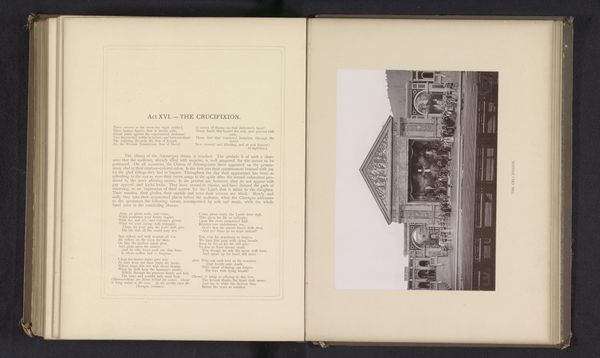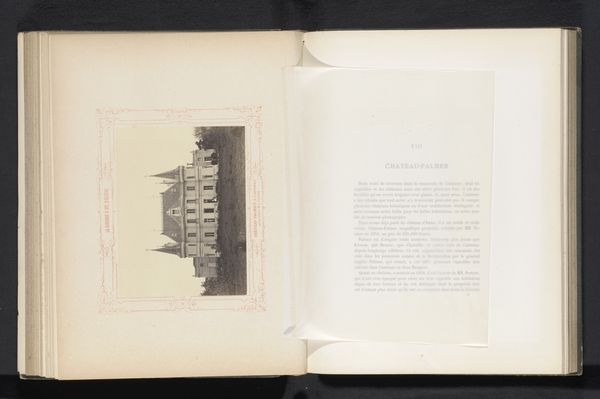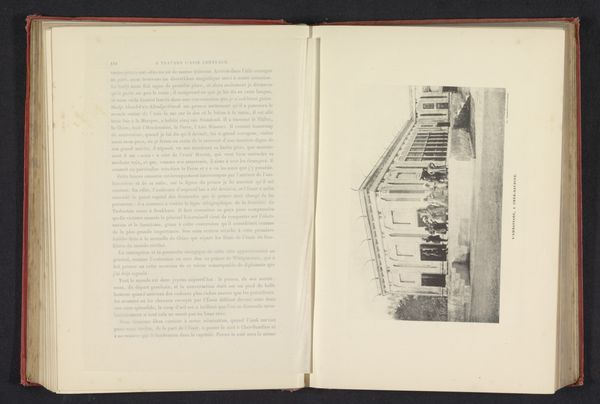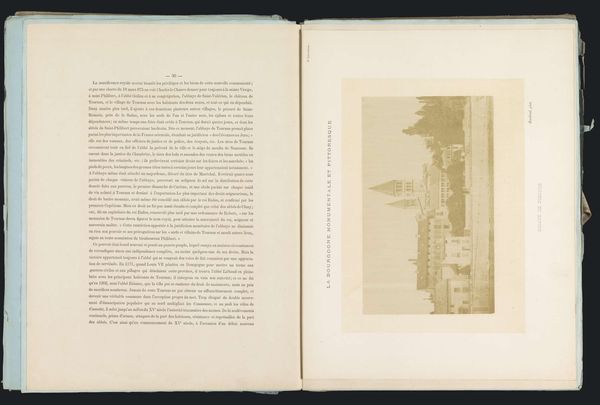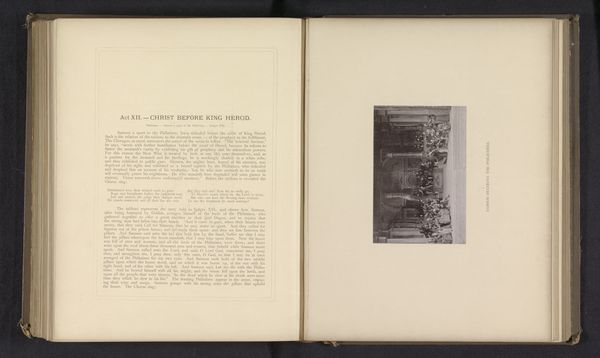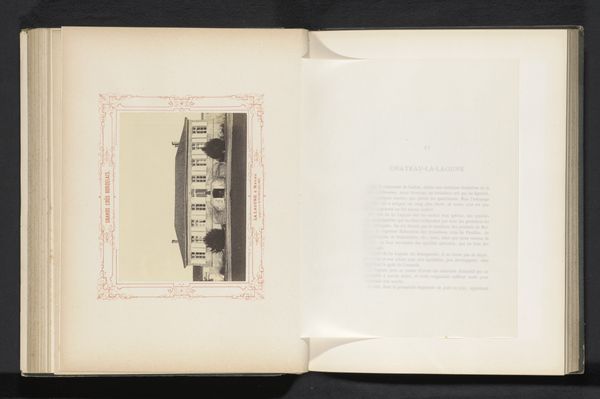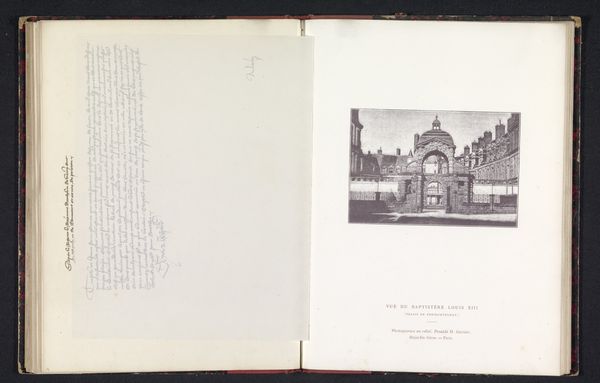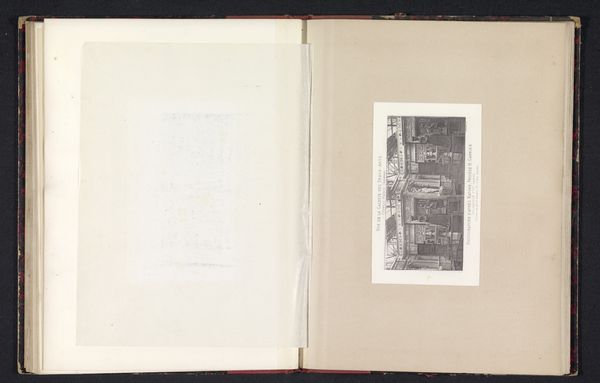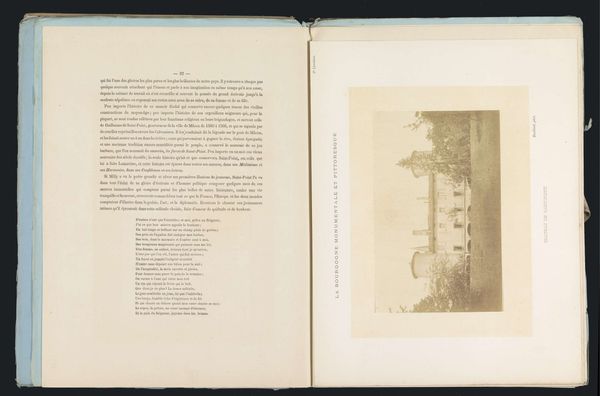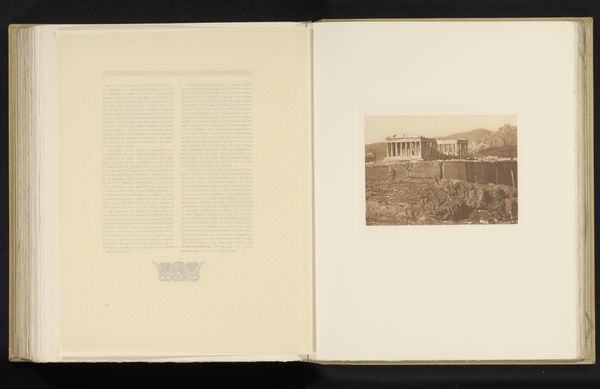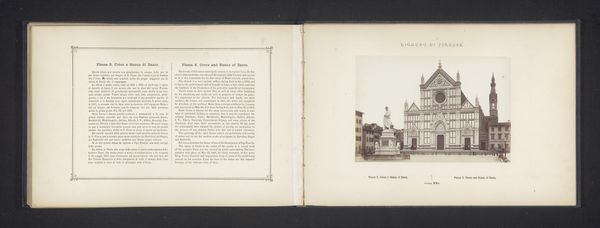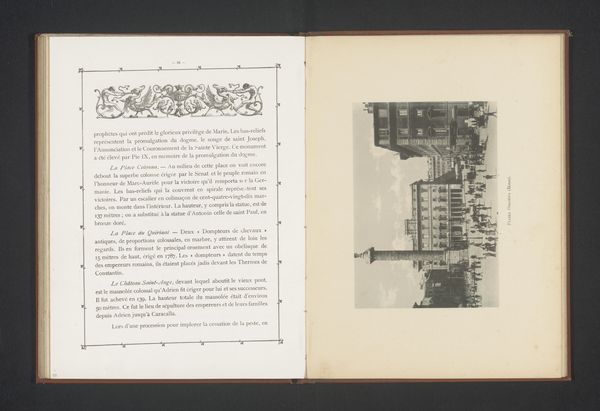
print, paper, ink, engraving
#
medieval
# print
#
paper
#
ink
#
genre-painting
#
history-painting
#
paper medium
#
engraving
Dimensions: height 167 mm, width 223 mm
Copyright: Rijks Museum: Open Domain
Curator: This compelling image, dating to before 1890, depicts Christ bearing his cross to Golgotha. It is the work of Carl Stockmann, realized in ink through engraving on paper. Editor: My immediate reaction is one of somber stillness. The black and white print, combined with the subject matter, evokes a powerful sense of grief and determined resolution, despite what clearly depicts profound hardship and cruelty. Curator: Absolutely. The engraving process itself lends to this feeling, doesn’t it? The stark lines and the removal of material to create the image, in a way echoes the removal of Christ from his community. Think about the labor involved, the deliberate and meticulous carving to make the printing block. It is fascinating that Stockmann uses this medieval-like process. Editor: It’s a sharp observation. The linear precision, for me, evokes medieval passion plays and the iconic visual language of religious prints distributed widely. And the symbolic weight! We have the figure of Christ burdened, the cross as an unbearable weight representing the sins of humankind... It becomes a visual shorthand for suffering and sacrifice. Note how the crowd pressing around is undifferentiated, suggesting a sort of mob mentality at play. Curator: That leads into the context of consumption too. Was this meant to be widely disseminated, perhaps? Cheap to produce, easily spread? Think about the societal context in which something like this would be viewed and its effect upon faith and devotion. It may give viewers a deeper level of connection with Christ's experience. Editor: I agree entirely. The artist clearly had intentions of the powerful story being made very clear, given the style adopted and symbolic components so well-used within the context of religion, devotion and remembrance of the events themselves. It allows the story to transcend its time period. Curator: Considering all of that definitely affects my understanding of the work and shifts the focus away from the single moment depicted. Editor: Mine too! The historical echoes amplified by the iconography create layers of meaning and lasting relevance.
Comments
No comments
Be the first to comment and join the conversation on the ultimate creative platform.
